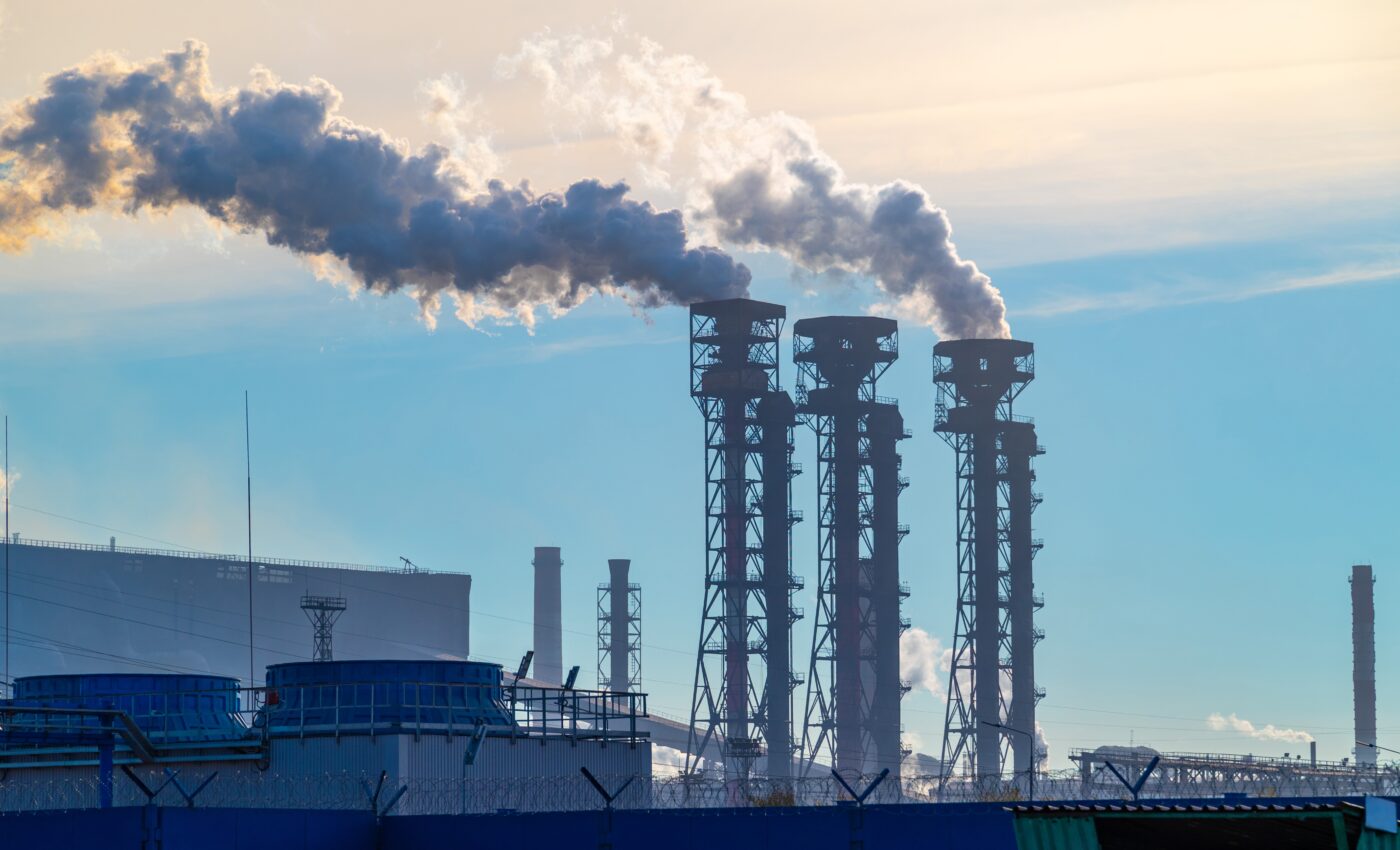
Use of banned ozone-depleting chemicals is increasing
A recent study published in the journal Nature Geoscience has revealed that emissions of chemicals known as chlorofluorocarbons (CFCs) have increased since their widespread usage was banned under the Montreal Protocol in 2010.
The research, conducted by a team of scientists from the UK, US, Switzerland, Australia, and Germany, found that this increase is due to the use of CFCs in the production of other ozone-friendly alternatives, permitted under the Montreal Protocol but contradictory to its wider goals.
According to study lead author Dr. Luke Western, a research fellow at the University of Bristol and a researcher at the NOAA’s Global Monitoring Laboratory (GML), emissions from these CFCs are not currently a significant threat to ozone recovery, but they do affect the climate as potent greenhouse gases.
“Combined, their emissions are equal to the CO2 emissions in 2020 for a smaller developed country like Switzerland. That’s equivalent to about one percent of the total greenhouse gas emissions in the United States,” explained Dr. Western.
The study focused on five CFCs with few, or no, known current uses – CFC-13, CFC-112a, CFC-113a, CFC-114a, and CFC-115 – and found that their emissions were equivalent to around one quarter of a recently detected rise in emissions of CFC-11, a substance controlled under the Montreal Protocol, thought to be due to unreported new production.
The team used measurements from the Advanced Global Atmospheric Gases Experiment (AGAGE) combined with an atmospheric transport model to show that global atmospheric abundances and emissions of these CFCs increased after their production for most uses was phased out in 2010.
The researchers determined that for three CFCs they studied – CFC-113a, CFC-114a, and CFC-115 – the increased emissions may be partly due to their use in the production of two common hydrofluorocarbons (HFCs) used primarily in refrigeration and air conditioning. However, the drivers behind the increasing emissions of the other two CFCs, CFC-13 and CFC-112a, are less certain. Although the team found rising global emissions, they were not able to identify particular locations.
“Given the continued rise of these chemicals in the atmosphere, perhaps it is time to think about sharpening the Montreal Protocol a bit more,” said study co-author Dr. Johannes Laube, from the Institute of Energy and Climate Research (IEK) at Forschungszentrum Jülich. If emissions of these five CFCs continue to rise, their impact may negate some of the benefits gained under the Montreal Protocol, according to the researchers.
The study noted that these emissions might be reduced or avoided by reducing leakages associated with HFC production and by properly destroying any co-produced CFCs.
Dr. Western said the study’s key takeaway is that the production process for some of the CFC-replacement chemicals may not be entirely ozone-friendly, even if the replacement chemicals themselves are. “We’re paying attention to these emissions now because of the success of the Montreal Protocol. CFC emissions from more widespread uses that are now banned have dropped to such low levels that emissions of CFCs from previously minor sources are more on our radar and under scrutiny,” said Dr. Western.
It is important to reduce the use of chlorofluorocarbons (CFCs) because they have been found to be a major contributor to the depletion of the ozone layer in the Earth’s atmosphere.
The ozone layer is a protective layer of gas in the Earth’s atmosphere that absorbs most of the sun’s harmful ultraviolet (UV) radiation. UV radiation can cause skin cancer, cataracts, and other health problems in humans, as well as damage crops and other vegetation.
CFCs are a type of chemical compound that were commonly used in refrigeration, air conditioning, and aerosol sprays. When released into the atmosphere, CFCs rise into the stratosphere where they are broken down by the sun’s UV radiation. This process releases chlorine atoms, which react with ozone molecules and break them down, leading to a reduction in the ozone layer.
The reduction of the ozone layer has serious consequences for the environment and human health. Increased exposure to UV radiation can lead to higher rates of skin cancer, cataracts, and other health problems, and can also harm crops and other vegetation.
Therefore, reducing the use of CFCs and other ozone-depleting substances is important to protect the ozone layer and ensure a healthy and sustainable environment for future generations.
—-
Check us out on EarthSnap, a free app brought to you by Eric Ralls and Earth.com.













